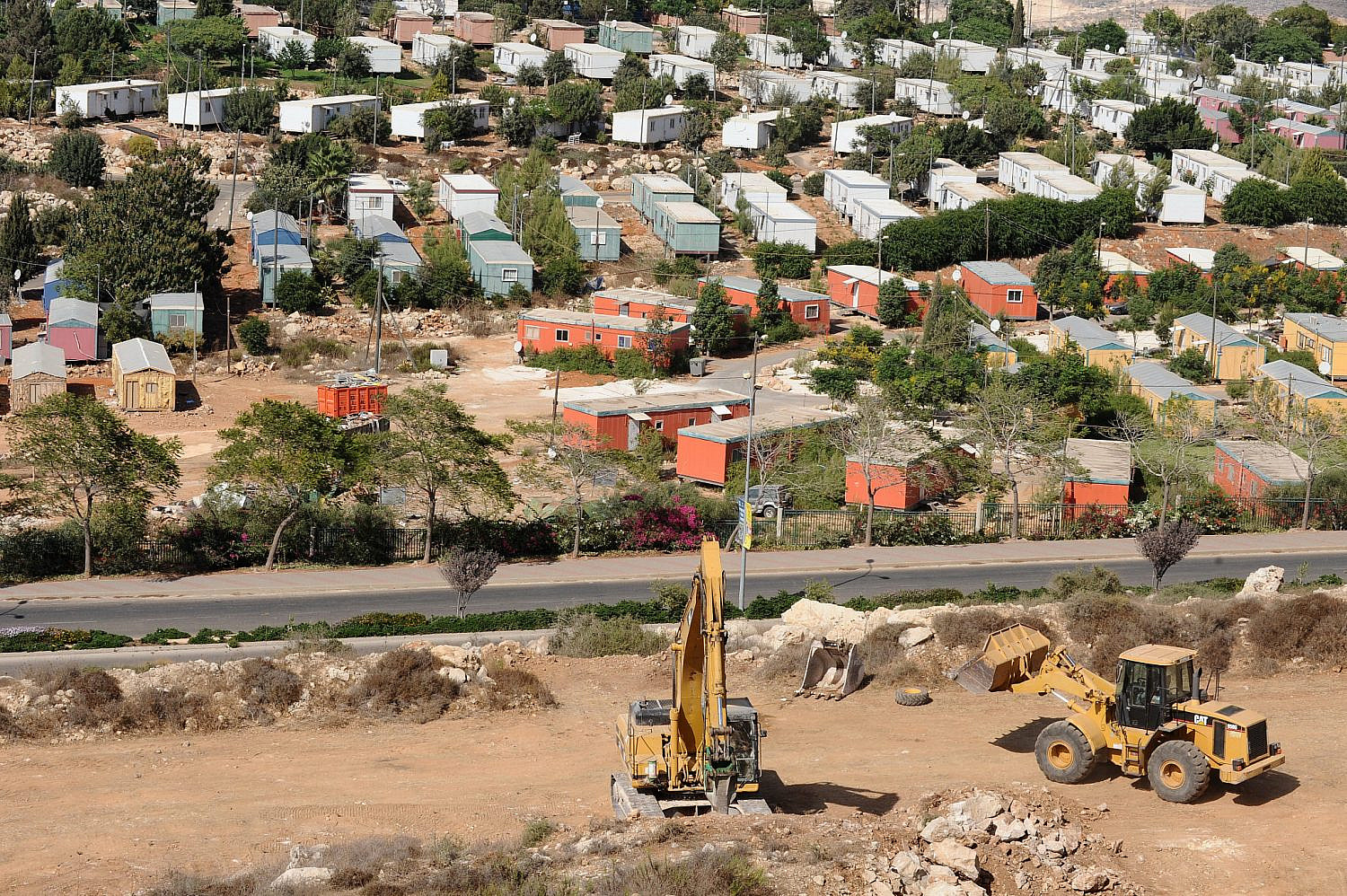Medicine has always been intimately linked to colonialism. During the era of European empires, public health institutions cultivated fields such as tropical medicine with a conscious goal of keeping European soldiers fit and healthy to conquer territories in Africa, Asia, and Latin America, often while committing genocide against the indigenous peoples. This interest in public health was also deeply tied to maintaining the welfare of settler societies, enabling them to further colonize new lands and replace the indigenous populations, many of which were wiped out by foreign diseases brought in by the European invaders.
The Adelson School of Medicine at Ariel University, located in a major Israeli settlement in the occupied West Bank, has contributed its own dimension to medicine’s service to colonialism. Officially opened in October 2019, the Adelson School — sponsored by American entrepreneur Miriam Adelson and her late husband, the right-wing casino magnate Sheldon Adelson — declares on its website that “The practice of medicine is not merely a profession – it is a mission.”
An underlying part of the school’s mission, however, is a political one: to strengthen, legitimize, and whitewash Israel’s illegal settlements in the name of healthcare and progress. And the Israel Medical Association (IMA), the national institution representing 95 percent of physicians in the country, has been complicit not just in supporting the new school, but actively justifying its existence despite its human rights violations.


